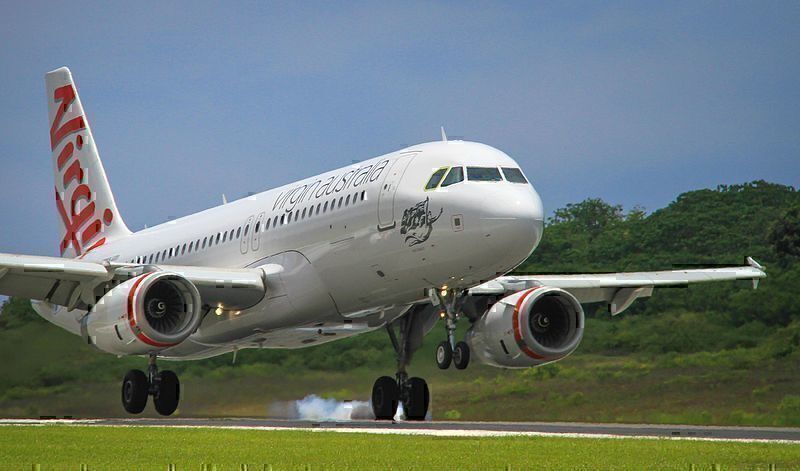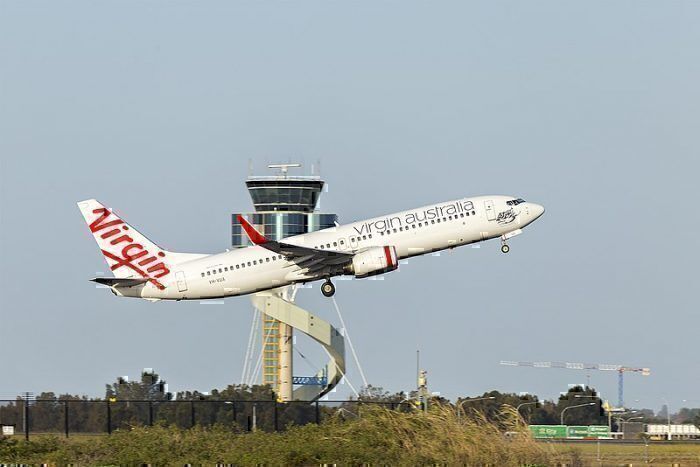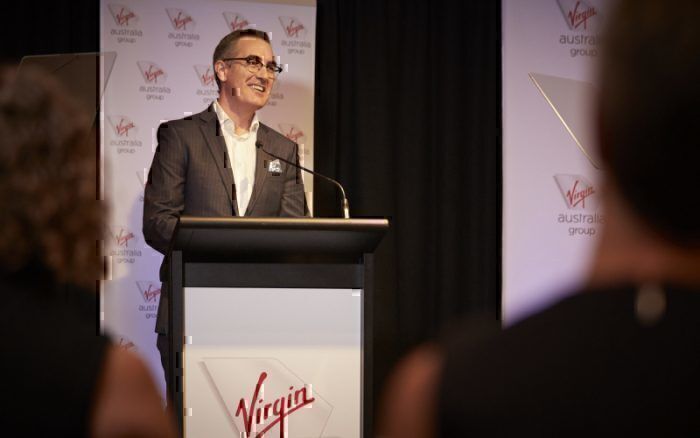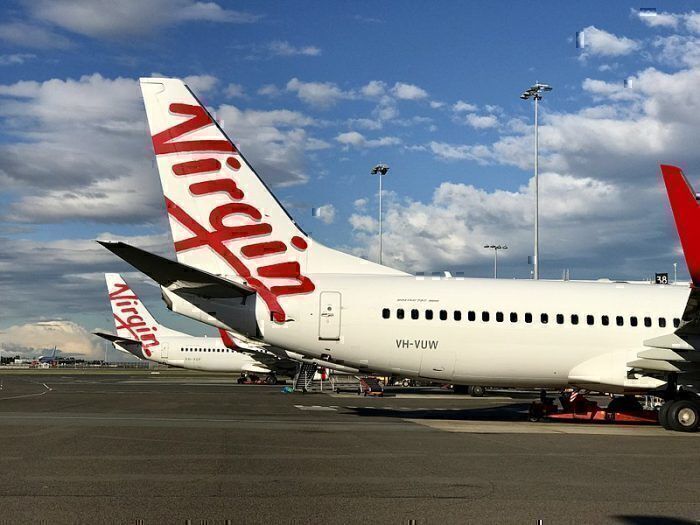Virgin Australia is set to take back full control of its popular Velocity Frequent Flyer program. The airline is in talks with private equity outfit, Affinity Partners, to buy back the 35% stake it sold to them in 2014. If the deal goes through, it will give Virgin Australia 100% ownership of a key strategic asset that makes good money.
According to a report in The Australian Financial Review, Virgin sold a 35% stake in Velocity to Affinity Partners in 2014 for AUD$335 million. Virgin Australia is set to part with AUD$700 million to buy back that stake. It's a handy profit for Affinity who repeatedly invest on a three to five-year timeframe basis.
An Australian Stock Exchange statement on Monday, September 16, 2019, confirmed talks between Virgin and Affinity were underway. The deal would be subject to Virgin securing funding and Foreign Investment Review Board approval.
Buyback a smart move by Virgin's CEO
Virgin Australia has had a tough year thus far. After a change of guard at the top in March 2019, new CEO, Paul Scurrah has initiated a review of routes and costs in an effort to stem ongoing financial losses.
In the 2018/19 financial year, Virgin Australia posted a loss of AUD$315 million. It was the seventh straight year of losses - adding up to a tidy AUD$1.9 billion.
But Velocity, along with Virgin’s Australian domestic operations, is profitable. Velocity earnt Virgin Australia AUD$122 million in the 2018/19 financial year.
Paul Scurrah’s review (which had new life breathed into it following the announcement of the 2018/19 financial figures last month) lead to considerable speculation about what assets are set for the chop. There has been speculation that Virgin Australia would further dilute its stake in Velocity in order to raise cash.
But Paul Scurrah appears to be taking the opposite approach, taking back full ownership. And as Moody’s Investment VP Ian Chitterer says, it makes strategic sense, calling Velocity a “solid, stable, growth business”. Frequent flyer programs are usually cash cows for airlines. By taking back full ownership, Virgin can maximize the profits and opportunities Velocity presents.
A spokesperson for Virgin Australia told Simple Flying;
"Velocity is a high margin, cash-generating business and having full ownership would enable us to align more closely with the loyalty program and generate further benefits across the Group and for members."
Additionally, as mentioned by David Flynn in Executive Traveller, it will settle the nine million odd Velocity members, many of whom were concerned about devaluations and a downgrading of the program in the face of ownership changes.
Velocity is the second-largest frequent flyer program in Australia. It is pipped to the post by Qantas. But many (including the writer) consider Velocity to be more user-friendly than QFF. It's certainly easier and less expensive to find a points seat with Velocity.
How to find $700 million?
As eminently logical as the deal might seem, there are questions about how the cash strapped airline plans to pay for the 35% stake.
Virgin Australia, whilst a publicly listed company, has 90% of its shares concentrated in the hands of Singapore Airlines, Etihad, HNA, Nashan, and the Branson Virgin Group. HNA and Etihad have problems of their own and the other owners are unlikely to be open to providing further funds after opening their purse strings and tipping equity into Virgin Australia in 2016.
Other payment possibilities include issuing Virgin script to Affinity. Shares are currently trading at AUD$0.16 but many financial analysts consider them undervalued. Affinity could then cash out over time.
Most financial commentators think Virgin Australia would be better off paying for the deal from equity rather than adding to Virgin Australia’s AUD$3.9 billion net debt.
Summary
The deal looks likely to go ahead. It makes sense. Affinity gets to exit with a tidy profit while Virgin Australia gets back full ownership of a well-performing and profitable asset. The nine million Velocity members can get on with accruing and spending their points reasonably assured there will be no serious program shakeouts for the foreseeable future.




